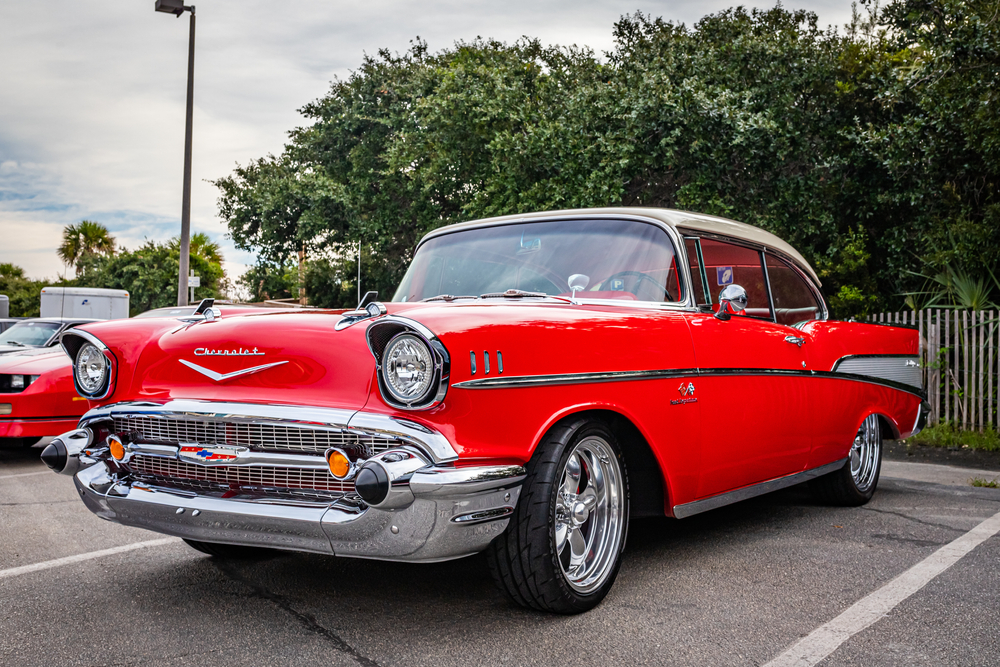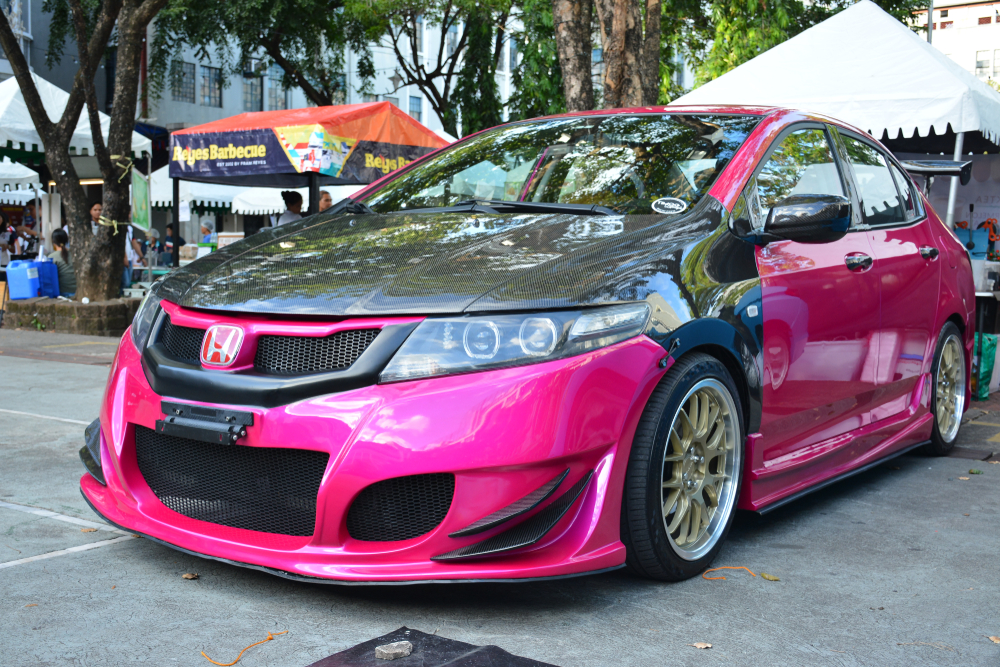Introduction
The ever-evolving field of automotive design is exemplified by the styles that have developed over time. The automotive industry uses the dynamic and ever-evolving landscape as a blank canvas to create a vibrant tapestry of inventiveness and practicality. Every era leaves an enduring imprint on the very fabric of the automotive industry, from the modern, futuristic designs of electric vehicles to the timeless appeal of classic models adorned with streamlined elegance. This blog takes readers on an engrossing journey that transcends time and technology to reveal the complex story of changing automotive styles. The story takes place over several decades, encompassing the heyday of handicraft, the sleek modernism of the mid-20th century, the emergence of adaptable SUVs and crossovers, the exciting era of sustainable transportation, and the incorporation of smart technology. As we explore this automotive odyssey, we discover not only a string of design revolutions but also a mirror of cultural changes, innovations in technology, and the industry’s unwavering dedication to pushing the envelope of what is possible. Come along as we investigate the fascinating tale of automotive design, where advancement is the driving force and the future is adorned with the promise of limitless possibilities.
- Classic Elegance: The origins of automotive design can be found in a time when elegance and skill were highly valued. With their classic curves and fine detailing, classic cars have made a lasting impression on the industry. These classics, which range from the recognizable lines of a 1957 Chevy to the sophistication of a vintage Rolls-Royce, capture a time when the engineering beneath the surface was just as important as the artistry of design.

- Streamlined Modernism: During the middle of the 20th century, streamlined modernism gained popularity, as seen in the svelte designs of the 1960s and 1970s. Automakers adopted futuristic design and aerodynamics, creating legendary vehicles like the Lamborghini Miura and the Chevrolet Corvette. These designs represented a shift in culture toward a sleek and dynamic future, in addition to a desire for speed.
- The Rise of SUVs and Crossovers: Customer preferences changed along with the automotive industry. SUVs and crossovers saw a sharp increase in popularity in the late 20th and early 21st centuries. These adaptable models appealed to a wide spectrum of drivers by fusing the durability of off-road vehicles with the comfort and convenience of sedans. Larger, more imposing profiles became the new design language, signifying a combination of everyday usefulness and tough capability.
- Electrifying the Future: The development of electric vehicles marked the beginning of a new era in car design. Traditional design norms were challenged by electric cars, which prioritized efficiency and sustainability. Electric cars have come to be associated with sleek, understated exteriors that bely the silent, clean power within. With their electric propulsion and innovative designs, companies such as Tesla transformed the automotive industry and elevated electric cars to the status of futuristic icons.
- Integration of Smart Technology: Cars have evolved from being simple machines to intelligent, networked devices on wheels in the twenty-first century. Advanced driver-assistance features, infotainment systems, and connectivity have become essential components of automotive design. The modern dashboard is shaped by voice commands, touchscreens, and autonomous driving capabilities, reflecting a shift in focus towards creating seamless user experiences. Technology integration has redefined the aesthetics of car interiors while also improving the driving experience.
- Customization and Personalization: As a result of consumers’ desire for cars that express their uniqueness, the number of customization and personalization options has increased. Automakers now provide a wide range of options to suit a variety of tastes, from paint colors to interior finishes. In addition to giving consumers more power, this trend toward personalization has had an impact on car designers as they work to build vehicles that cater to each individual’s tastes.

Conclusion
It is clear that the styles that define the automotive design industry are just as dynamic as the technology that is driving it forward as we travel through the many landscapes of this field, from the traditional elegance of the past to the state-of-the-art innovations of the present. The evolution of automotive design is a reflection of changes in consumer preferences, societal shifts, and technological advancements. The state of the automotive industry is evidence of its capacity for innovation, adaptation, and boundary pushing. Every era introduces a new design language, whether it’s the timeless curves of a classic, the aerodynamic lines of a sports car, or the sustainable elegance of an electric vehicle. The changing aesthetics that shape the automotive landscape will continue to enthrall, inspire, and propel the sector as we drive through the roads of the future.

